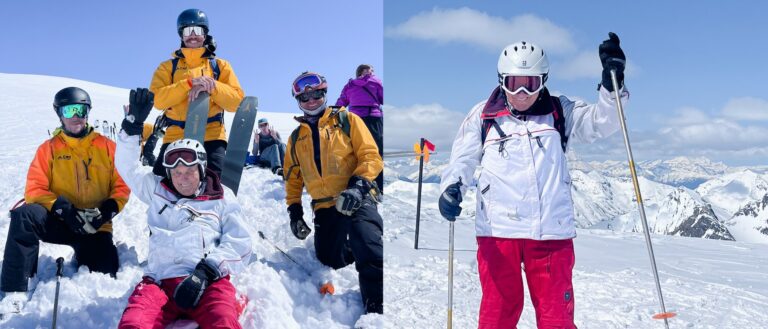Words by Jody Robbins | Posted July 20, 2017
Chasing the Northern Lights or Aurora Borealis is a Canadian pastime, but we’re happy to share this otherworldly phenomenon with you. Nighttime photographers know they need to step away from the cities and sources of light pollution for the best chances of viewing these mesmerizing light displays. Fortunately, the remoteness of CMH lodges in the Columbia Mountains of western Canada make it oh-so easy to spot these brilliant waves of colour all year round.
Northern Lights occur when electrically charged particles from the sun enter the earth’s atmosphere. They take place above the magnetic poles of the northern and southern hemispheres. Given our northwestern location in Canada, we’ve become a prime spot for Northern Lights viewing.
Your best chances of seeing this mysterious phenomenon is on a cold, clear evening after a period of darkness. Typically the lights begin dancing around midnight, but it’s not uncommon to see colourful arcs spanning the sky as early as 10 p.m. local time. Sky watchers have to be patient to view the spectacle, as there’s no guarantee you’ll be rewarded with a light show.
Aurora Borealis means dawn of the North, and when you spot that first luminous glow, you’ll know what we mean. It’s a different kind of rush to barrelling down a mountain, but one that exudes just as much joy. This is nature at her most powerful, and only a few intrepid individuals get to witness the magic first hand.
Green and pink are the most common shades you’ll spot streaking across the velvety night sky, but all colours of the rainbow have been reported. Sometimes they look like streamers rippling down to earth. Other times they appear as shimmering curtains or distinct arcs. See for yourself by scanning these images taken from CMH Bobbie Burns lodge.








